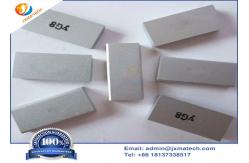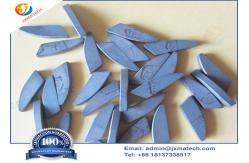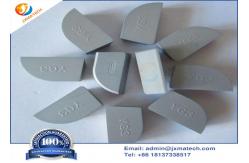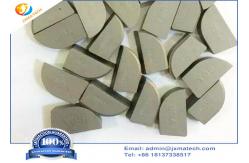K10 K20 Tungsten Carbide Insert Cnc Lathe Carbide Turning Inserts
|
|
K10,K20 Tungsten Carbide Insert Cnc Lathe Carbide Turning Inserts Tungsten Carbide Insert Cnc Lathe Carbide Turning Inserts are to be welded onto the holder, used on the lathe for the machining of various materials such as cast iron, steel, stainless steel, nonferrous metal etc.A versatile cutter which can be used for many types of grooves, threads and chamfers; machining of eccentric components such as gearbox casings, and high volume assemblies, mainly in machining centres and rotating units in lathes.
Tungsten Carbide Insert Cnc Lathe Carbide Turning Inserts Advantage:
K10 K20 Tungsten Carbide Insert Cnc Lathe Carbide Turning Inserts Specification
K10,K20 Tungsten Carbide Insert Cnc Lathe Carbide Turning Inserts Picture: Material performance Tungsten Carbide Insert Cnc Lathe Carbide Turning Inserts are
mainly made of solid cemented carbide as the matrix, which is
processed through multiple production processes. Cemented carbides are distinguished by grain size, and can be divided into ordinary cemented carbides, fine-grained cemented carbides, sub-fine and ultra-fine-grained cemented carbides, and the newly launched double-crystal cemented carbides. According to the main chemical composition, it can be divided into tungsten carbide-based cemented carbide and titanium carbide-based cemented carbide. Tungsten carbide-based cemented carbides include three types of tungsten-cobalt (YG), tungsten-cobalt-titanium (YT) and rare carbide (YW). They have their own advantages and disadvantages. The main components are tungsten carbide (WC) and titanium carbide ( The commonly used metal bonding phase such as Tic and niobium carbide (NbC) is Co. Titanium carbide-based cemented carbide is a cemented carbide with Tic as the main component, and the commonly used metal bonding phases are Mo and Ni. Cemented carbide has high hardness (86~93HRA, equivalent to 69~81HRC) second only to diamond, good thermal hardening (up to 900~1000℃, maintaining 60HRC); high bending strength (MPa5100), good impact toughness And the chemical inertness with high corrosion resistance and other characteristics that ordinary alloy blades do not have. Material performance Tungsten Carbide Insert Cnc Lathe Carbide Turning Inserts are
mainly made of solid cemented carbide as the matrix, which is
processed through multiple production processes. Cemented carbides are distinguished by grain size, and can be divided into ordinary cemented carbides, fine-grained cemented carbides, sub-fine and ultra-fine-grained cemented carbides, and the newly launched double-crystal cemented carbides. According to the main chemical composition, it can be divided into tungsten carbide-based cemented carbide and titanium carbide-based cemented carbide. Tungsten carbide-based cemented carbides include three types of tungsten-cobalt (YG), tungsten-cobalt-titanium (YT) and rare carbide (YW). They have their own advantages and disadvantages. The main components are tungsten carbide (WC) and titanium carbide ( The commonly used metal bonding phase such as Tic and niobium carbide (NbC) is Co. Titanium carbide-based cemented carbide is a cemented carbide with Tic as the main component, and the commonly used metal bonding phases are Mo and Ni. Cemented carbide has high hardness (86~93HRA, equivalent to 69~81HRC) second only to diamond, good thermal hardening (up to 900~1000℃, maintaining 60HRC); high bending strength (MPa5100), good impact toughness And the chemical inertness with high corrosion resistance and other characteristics that ordinary alloy blades do not have.
Tungsten carbide is harder than sapphire and retains a superior edge after extensive use. Tungsten carbide is not a metal alloy but the product of powder metallurgy; very fine grains of two materials are mixed and fused under high temperature and pressure. While the fine knife edge is vulnerable to chipping under lateral forces, this composite material is exceptionally strong in compression, which is the dominant force applied during sectioning. The hardness of tungsten carbide contributes greatly to its durability when sectioning. Durability depends on many factors including types of sample being cut, frequency of use and care taken in handling the blades. Thin sectioning ability Embedding materials Tungsten Carbide products are the result of a powder metallurgy process which primarily uses tungsten carbide and cobalt metal powders. Typically, compositions of mixes will range from 4% cobalt to 30% cobalt. The chief reason for choosing to use tungsten carbide is to take advantage of the high hardness which these materials exhibit thus retarding the wear rate of individual components. Unfortunately, the penalty attached to high hardness is a lack of toughness or strength. Fortunately, by choosing compositions with higher cobalt contents, strength can be achieved alongside hardness. Choose low cobalt content for applications where the component will not be expected to experience impact, achieve high hardness, high wear resistance. Choose high cobalt content if the application involves shock or impact and achieve greater wear resistance than most other materials can offer, combined with the ability to resist damage.
|
||||||||||||||||||||||||||||||||||||||||||||||||||||||||||||||||||
| Product Tags: K20 Tungsten Carbide Insert K10 Tungsten Carbide Insert K10 K20 Carbide Turning Inserts |
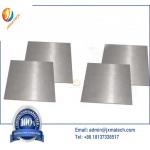
|
Copper Tungsten Sheet Plates W90cu10 Polished Ground Surface |
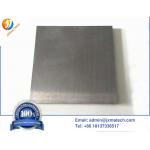
|
K10 K20 Tungsten Carbide Plate Cemented Wear Parts Abrasive Resistance |
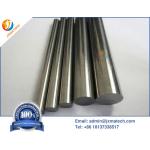
|
K20 K30 Tungsten Solid Carbide Rods For Extrusion Molding And Dies |
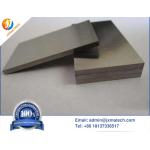
|
K40 Tungsten Carbide Wear Plate In Chemical Industry 95 HAR |
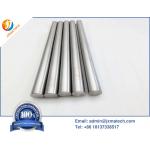
|
Manufacturer Of High Purity Tungsten Rods Stock |
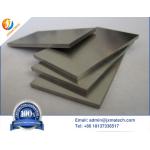
|
K20 / K30 Tungsten Carbide Sheet For High Speed Moulds And Dies |

